Alright – so today we’ve got the honor of introducing you to Amal ARBI. We think you’ll enjoy our conversation, we’ve shared it below.
Amal, thanks for taking the time to share your stories with us today We’d love to hear about a project that you’ve worked on that’s meant a lot to you.
The most meaningful project I’ve worked on, and that I’m still developing today, is a multidisciplinary artistic journey called Centre-Vie. It’s a deeply personal and evolving expression of who I am as both an architect and a multidisciplinary artist. Through this project, I bring together photography, poetry, music, and architecture to create a unified language of emotion, space, and identity.
The name Centre-Vie is a reinterpretation of Centre-Ville (downtown). I replaced Ville (city) with Vie (life) to shift the meaning from a physical place to something more intimate: the center of life. It speaks to spaces we inhabit not just physically, but emotionally and spiritually. Centre-Vie is about memory, presence, and the connection between built heritage and the human experience.
The project began with a long process of research. I started by exploring architectural styles across Tunisia, and gradually I found myself drawn to the heritage architecture in downtown Tunis. For over a year, I walked through the city’s heart, photographing its facades and uncovering layers of forgotten history. I focused on buildings that felt suspended in time—rich in potential and heritage, yet abandoned, deteriorating, and under threat of demolition.
What struck me was the duality of these buildings. They are beautiful, full of stories and historical depth, but at the same time neglected and at risk of disappearing. That contrast resonated with me on a personal level. I saw in these structures a reflection of the human condition: how we carry our own history, scars, and silent strength. Just as time leaves its marks on architectural facades, it does the same to us. Texture, cracks, missing details—each tells a story. In this sense, Centre-Vie became both a tribute to the architectural heritage of Tunis and an emotional mirror of my own journey.
The first artistic outcome of this project was an art book titled Tunis Centre-Vie. In it, I combined my architectural photography of downtown facades with written prose in French—poetic, introspective texts that gave voice to my silence and to the silence of these buildings. Through that, I was not only documenting but also embodying these spaces, giving them, and myself, a calling.
Driven by my desire to share knowledge and empower others, this year I embarked on a journey to Cairo as a volunteer at a photography workshop hosted by ALWAN Art Foundation. It became an artistic collaboration between myself and the young people I mentored, and together we gave birth to the project Le Caire Centre-Vie—my second artistic book.
Le Caire Centre-Vie is a love letter to downtown Cairo, a city filled with incredible souls with whom I shared knowledge, moments, and memories. We created this book together. It is both a visual and emotional tribute to the life of a city and to the collective human experience that shaped it.
I am currently based in Paris, where I’m continuing my academic journey by pursuing a master’s degree. At the same time, I am in full research mode within the city, working on the third chapter of this ongoing project: “Paris Centre-Vie”. I’ve begun exploring the city’s architectural narratives, personal rhythms, and cultural layers to craft a new body of work that reflects both the essence of Paris and my evolving identity within it.
Alongside these photographic projects, I felt a strong urge to extend the “Centre-Vie” narrative beyond the visual and into sound. This led me to begin work on my first music album as a singer, performed in Tunisian dialect. The EP is made up of five songs, written by Islem Chatti, composed by me, and produced, arranged, mixed and mastered by Issam Azouzi. Two tracks have already been released, with the full project still in progress. This musical journey has also opened doors to meaningful collaborations with other local artists, including Hamza Mechi, who designed the song cover graphics, and Feriel Mosbah, who contributed her vision as a cinematographer and photographer for the visualizer of my second track.
This musical work is deeply connected to “Centre-Vie”. I chose to dedicate my first album as a continuation of the project, but this time under a new name: “Expression of a Soul”. It’s a project where my voice becomes the medium through which I extend the expression of architecture, blending my inner emotions with the textures, stories, and presence of built space. Through music, I aim to give sound to what buildings cannot say—to highlight how architecture and the human soul echo one another.

Amal, before we move on to more of these sorts of questions, can you take some time to bring our readers up to speed on you and what you do?
I was raised in a family that deeply respects and celebrates art in all its forms. From a very young age, I was surrounded by music, books, photography, and painting.. and I was deeply moved by the beauty of it all. My father is a photographer, a painter, a calligrapher, and a music professor who masters four instruments. Growing up, our home was filled with melodies, photographs, and books. I was also singing everywhere at home, at school.. completely immersed in the magic of sound and emotion.
That early sensitivity to beauty and artistic expression stayed with me. Later, when I chose to study architecture, it felt like a natural continuation of everything I had absorbed as a child. Architecture helped me understand the importance of heritage, culture, and identity. It taught me how space and form could carry meaning. I also had the chance to explore other creative disciplines through courses in drawing, plastic arts, and photography.. all of which allowed me to push my boundaries and explore the full spectrum of my creativity.
All these influences shaped who I am today: a multidisciplinary artist who uses every form of art — whether it’s music, photography, poetry, or architecture.. as a way to express emotion, tell stories, and connect with the world. For me, art is not just a medium, it’s a form of freedom and resistance.
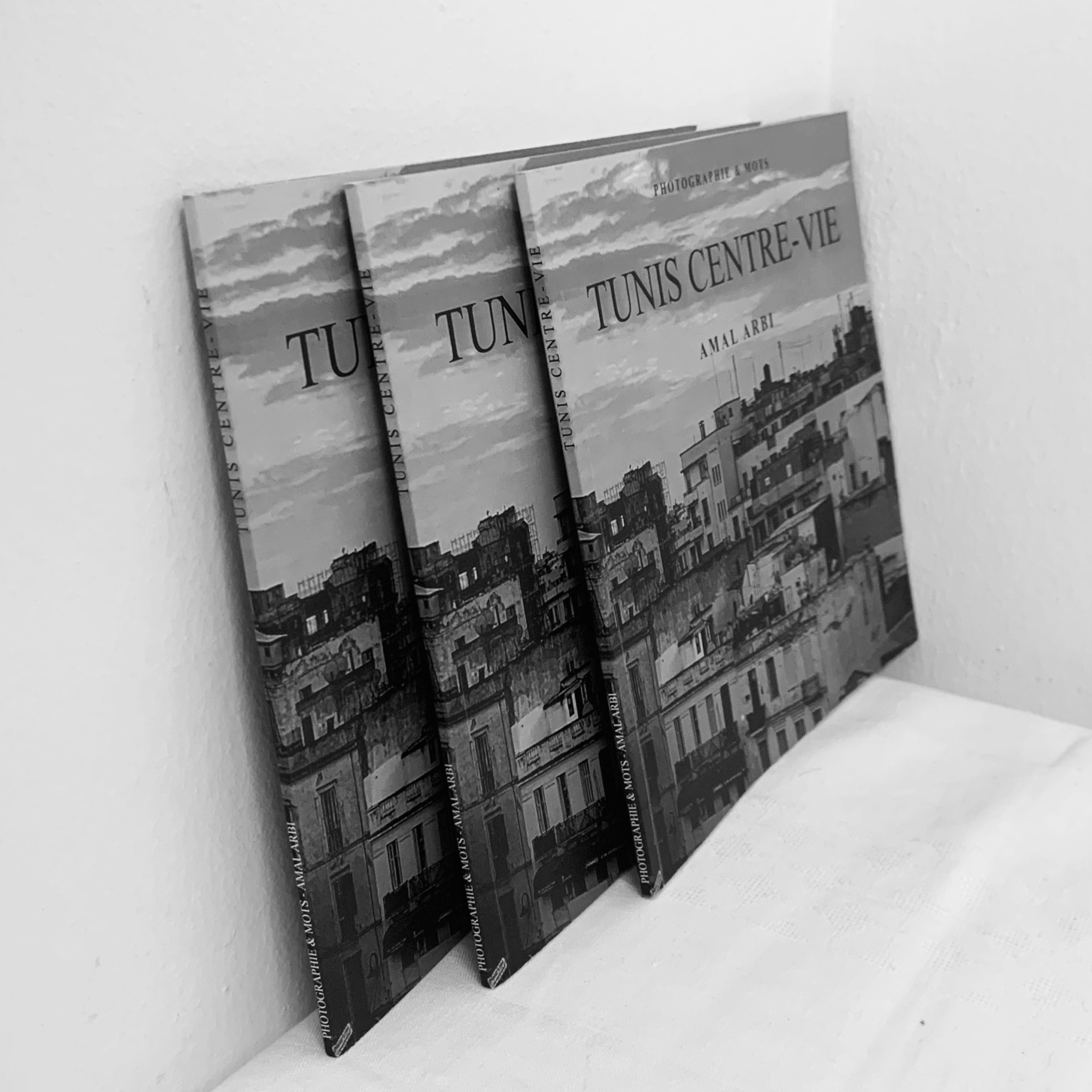
For you, what’s the most rewarding aspect of being a creative?
For me, the most rewarding aspect of being an artist is the freedom to express my inner world in all its complexity, and to connect with others through that expression. Art allows me to turn personal reflections, cultural heritage, and even silence into something tangible: a photograph, a melody, a drawing, a space. It’s the ability to give form to feelings, to speak without words, and to touch people beyond language or borders.
What fulfills me most is when my work resonates with others. When someone sees a building differently after having my book, or hears something of themselves in my music, it means everything to me. I believe art has the power to heal, to raise awareness, to preserve memory, and to spark dialogue. That’s what I try to do — whether through architecture, photography, poetry, or music — to create something honest, something that carries meaning, and something that speaks to both the soul and the space we live in.
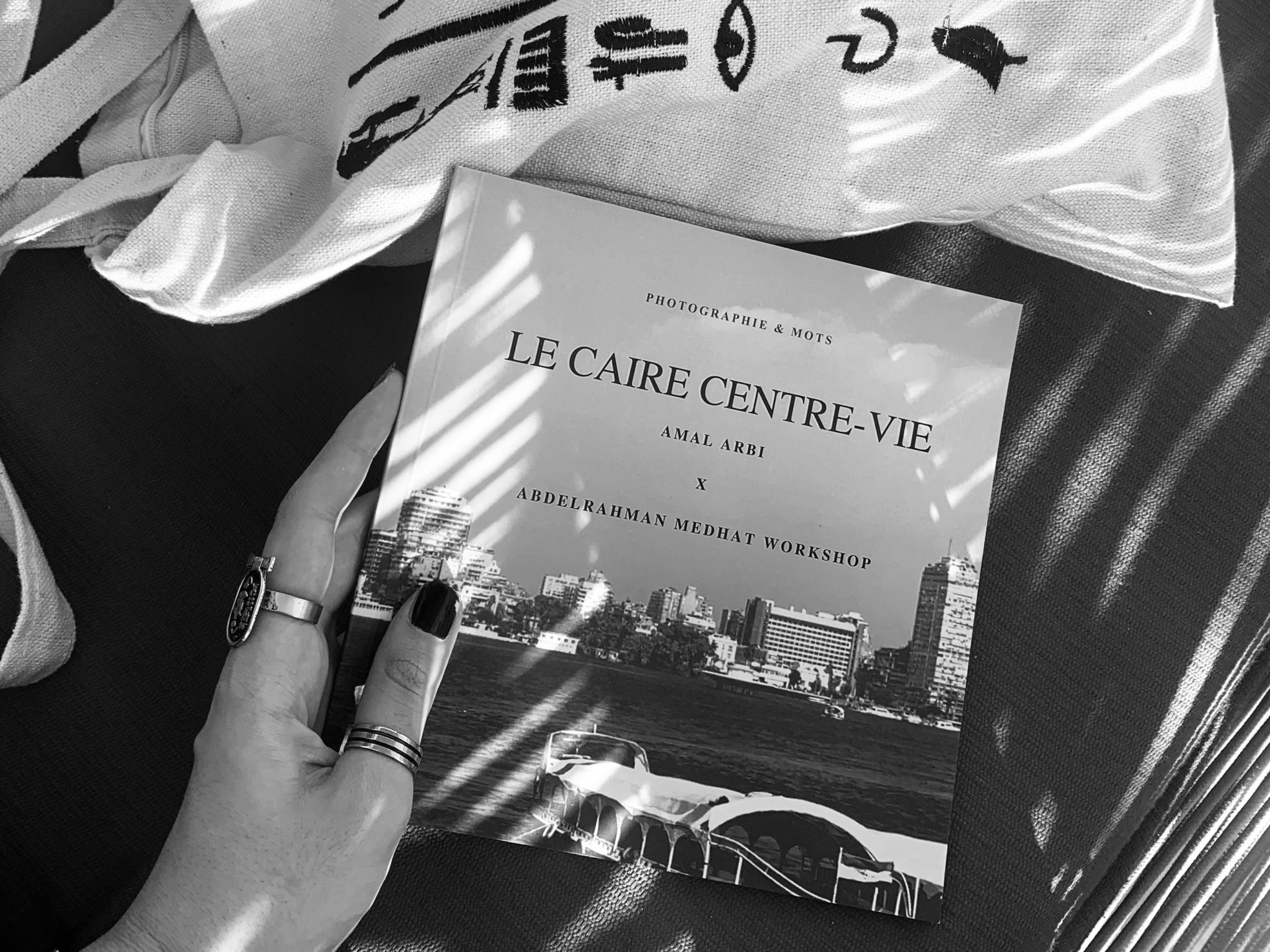
Is there mission driving your creative journey?
Yes, definitely. My creative journey is driven by a deep desire to preserve, share, and reimagine identity whether it’s personal, cultural, or collective. I believe that art has a mission: to document stories, to evoke emotion, and to create bridges between people, time, and places.
Through my project “Centre-Vie”, I aim to highlight the beauty and fragility of our architectural heritage. These buildings carry the memory of generations, and yet they are often forgotten or left to decay. I use photography, poetry, and music to bring attention to this richness, to awaken a sense of responsibility, and to celebrate what we risk losing.
At the same time, my mission is also personal. I see art as a tool of emancipation for myself and for others. I want to inspire people, especially young artists, to express themselves fully, to trust their voice, and to find beauty and power in their own stories. My goal is to create art that connects, heals, and empowers, art that leaves a trace, just like the voice of the buildings I photograph.
Contact Info:
- Instagram: https://www.instagram.com/amal_arbi/?igsh=MTRlMWFzOWZ5cnFyaw%3D%3D&utm_source=qr#
- Linkedin: https://www.linkedin.com/in/amal-larbi-8650392a3/
- Youtube: https://www.youtube.com/@amal_arbi
- Other: Spotify: https://open.spotify.com/intl-fr/artist/1YUDdCva9gMqGYbplGILiF
Linktree: https://linktr.ee/amalarbi
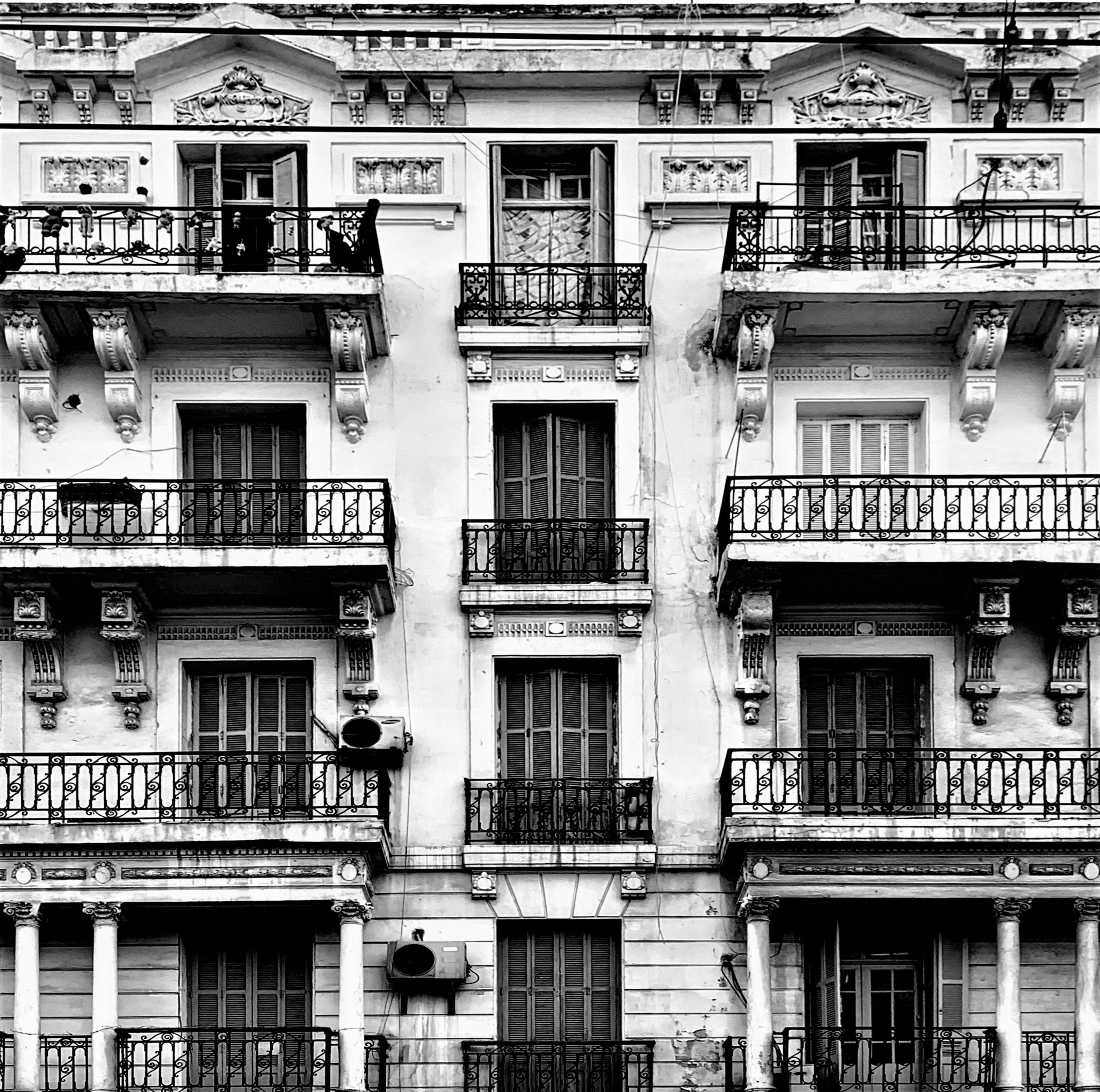
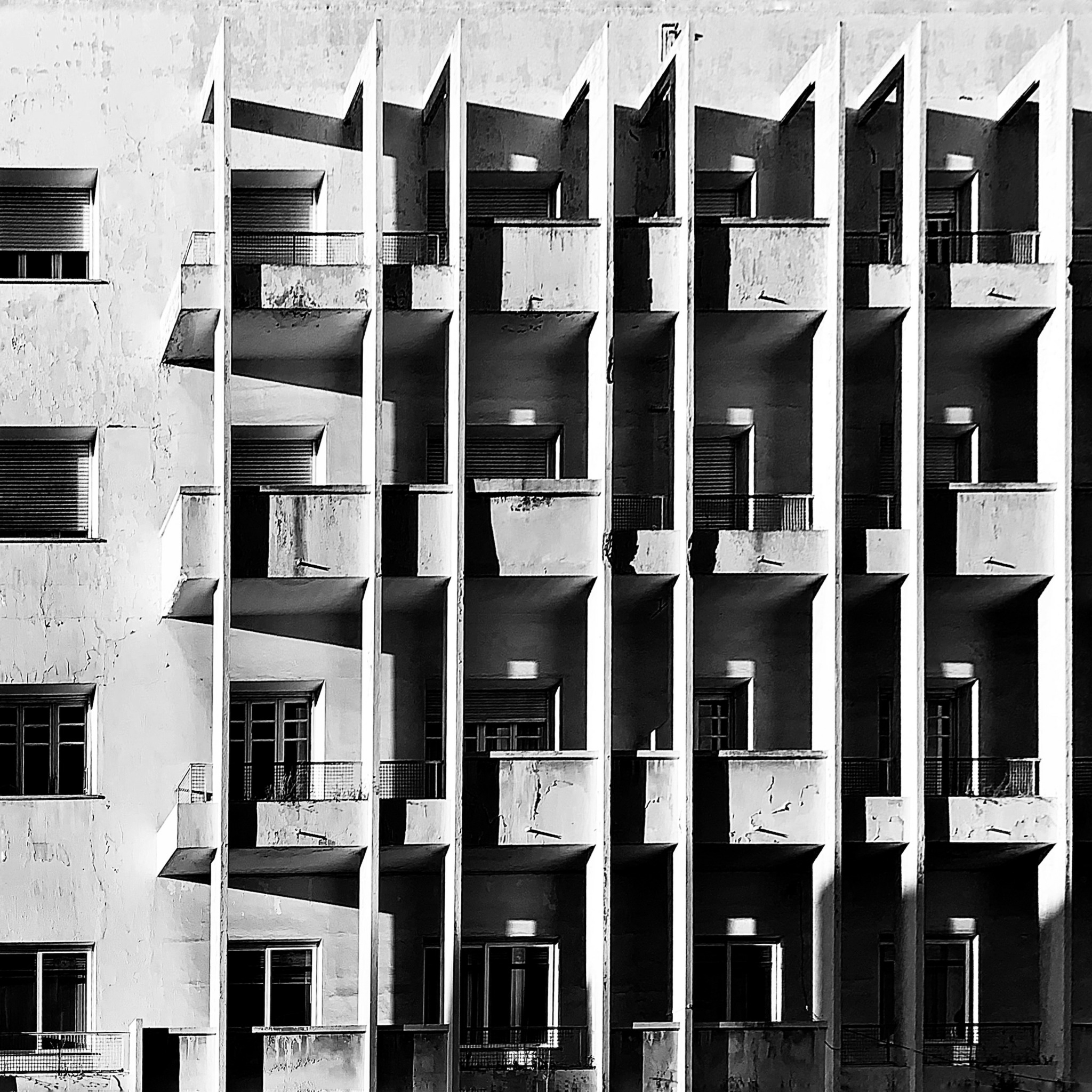
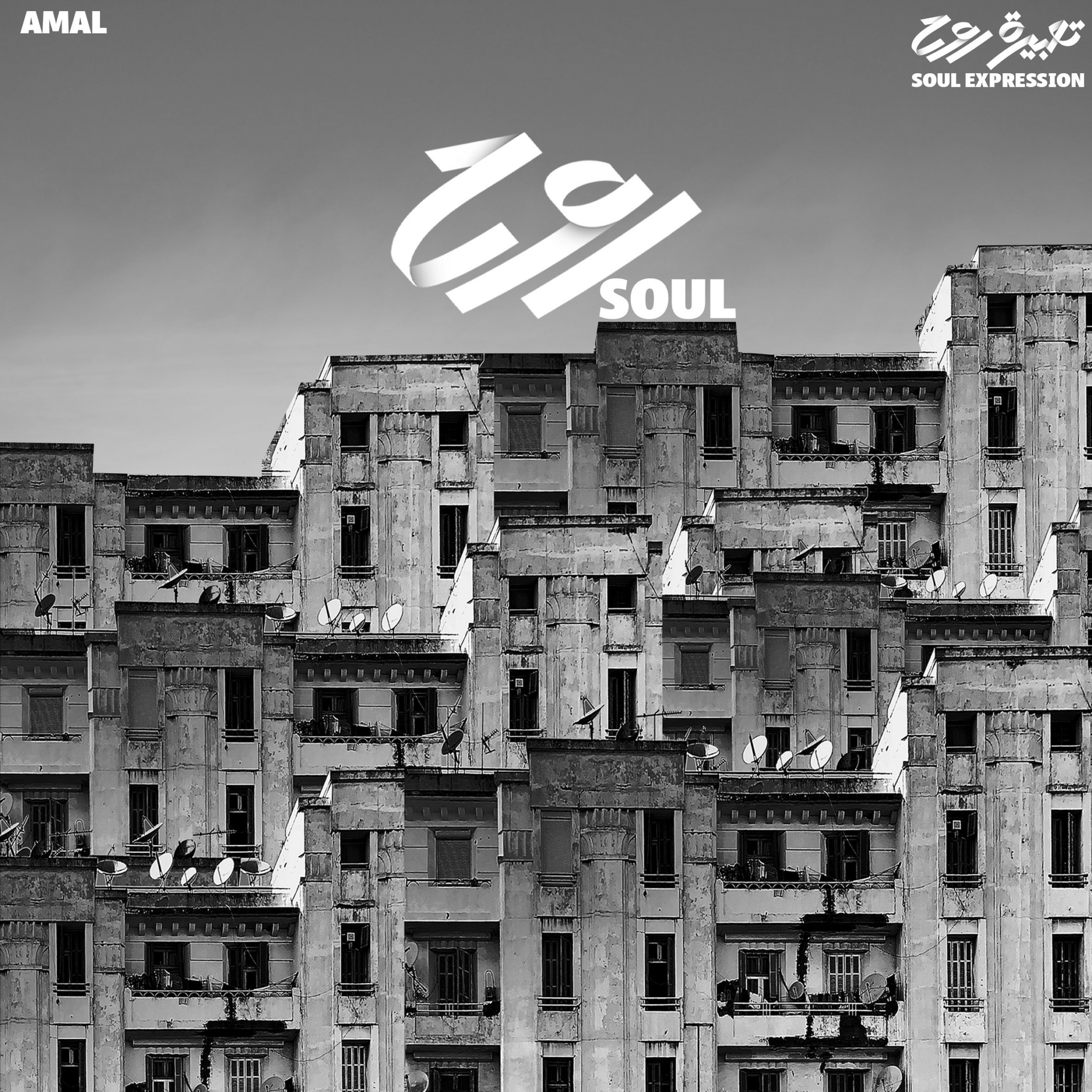
Image Credits
Personal photo by: Minyar Dhahbi
Additional photos:
The first photo by: Feriel Mosbah
The last photo graphics by: Hamza Mechi
All other photos by me


